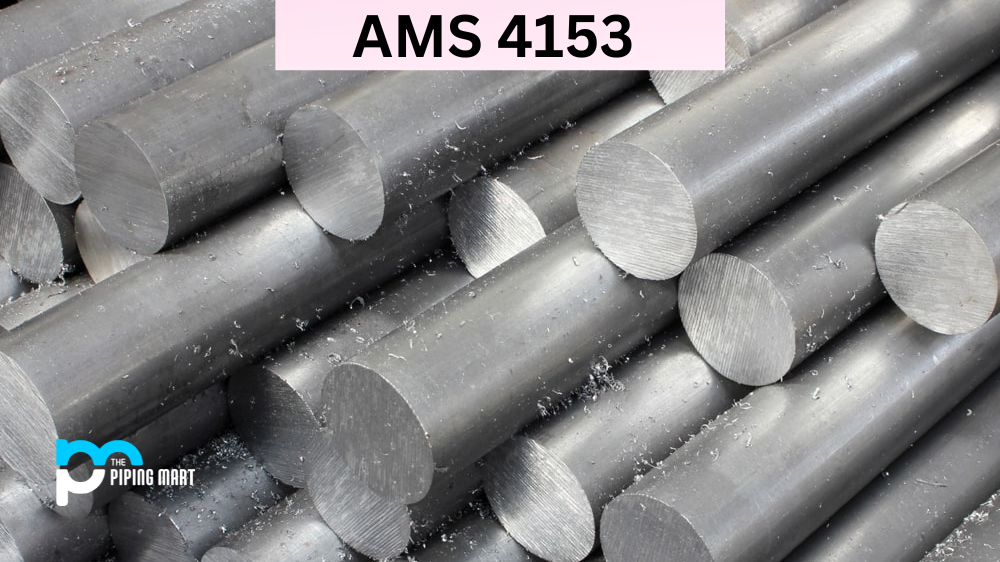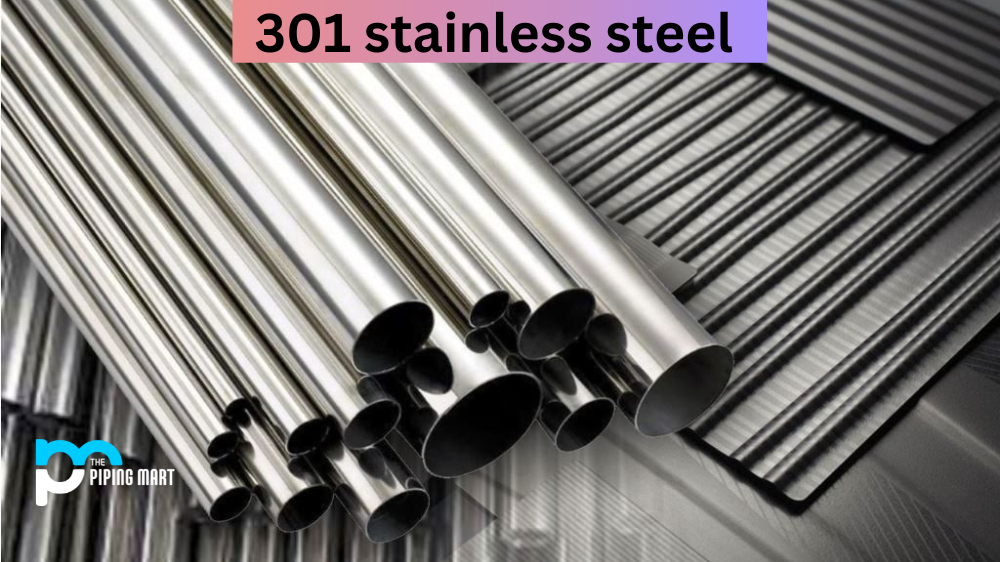Metals play a major role in today’s industrial world; hence, their properties and uses are critical in several applications. One such metal alloy is AMS4153. It is a comprehensive specification developed specifically for the manufacturing of aircraft parts. This blog will deeply investigate the composition, physical properties, mechanical properties, hardness, heat treatment, and uses of AMS 4153.
What is AMS 4153?
AMS 4153 (also known as Aluminum 2024 Alloy) is a set of standards that regulates the quality of materials used in the aerospace industry. It ensures that the materials used in aircraft manufacture and their components meet specific requirements that promote safety and reliability. These standards cover a range of materials, including metals, alloys, and composites, and provide detailed specifications related to their properties and performance characteristics. The adoption of AMS4153 has been instrumental in ensuring the high standards of the aerospace industry, and its continued use is vital for the safe operation of aircraft. Any company looking to manufacture aerospace components must comply with the standards in AMS 4153, which reflects the industry’s commitment to safety and quality.
What Form Is AMS 4153 Available at Piping Mart?
- Pipes
- Tubing
AMS 4153 Composition
AMS4153 is a nickel-based alloy. It comprises 55-60% Nickel and 15-21% Chromium, besides small quantities of manganese, silicon, iron, and other alloying elements. AMS4153 alloy’s composition provides a corrosion-resistant, high-strength, and excellent thermal stability alloy that can withstand extreme temperatures and environments.
|
Si |
Fe |
Cu |
Mn |
Mg |
Cr |
Zn |
Ti |
Others-Each |
Others Total |
Al |
|
|---|---|---|---|---|---|---|---|---|---|---|---|
| 4153 |
0.50 |
0.50 |
3.8-4.9 |
0.30-0.9 |
1.2-1.8 |
0.10 |
0.25 |
0.15 |
0.05 |
0.15 |
Remainder |
AMS 4153 Physical Properties
AMS 4153 exhibits excellent physical properties. Its density is 7.8 grams per cubic centimetre (7.8 g/cc), while its melting point is at 1395°C (2543°F). Moreover, it has a thermal expansion coefficient of 12.4 × 10^-6 °C^-1 at 25°C (77°F), which remains constant until 1000°C. The alloy’s coefficient of thermal conductivity is 11.99 W/mK at room temperature, which increases as the temperature increases.
AMS 4153 Mechanical Properties
AMS 4153 is known for its remarkable mechanical strength. It has a tensile strength of up to 1380 MPa (200 ksi) and yield strength of up to 1035 MPa (150 ksi). The alloy exhibits high fatigue strength and resists cracking and fracturing even under high stress.
AMS 4153 Uses
The unique set of properties of AMS 4153 makes it an excellent choice for several aerospace applications. The alloy is suitable for use in aircraft gas turbine engines, where it is used for making compressor blades, turbine wheels, and shafts. Moreover, it is also used to manufacture aerospace fasteners and valves.
AMS 4153 Hardness
AMS 4153 has high hardness and excellent wear resistance. It has a Rockwell hardness of up to 40 HRc, making it ideal for applications with high abrasive wear and tear.
AMS 4153 Heat Treatment
AMS 4153 can be heat treated to enhance its properties. The alloy can be solution annealed and then air-cooled to improve flexibility or solution annealed and then water quenched to enhance strength.
Conclusion:
AMS 4153 material is a nickel-based alloy with high strength, excellent corrosion resistance, and exceptional thermal stability. Its superior mechanical, physical, and hardness properties make it a preferred choice in aerospace applications. Whether you are looking for compressor blades, turbine wheels, fasteners, or valves, AMS 4153 is the perfect material. We hope this blog has helped you understand the composition, properties, and uses of AMS 4153. If you have any queries, feel free to reach out to us.

Meet Bhavesh, a seasoned blogger with a wealth of knowledge and experience. From metal products manufacturing to retail, Bhavesh has a diverse background in various industries and is dedicated to sharing his insights and expertise with readers.




